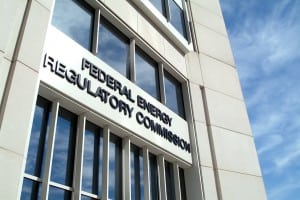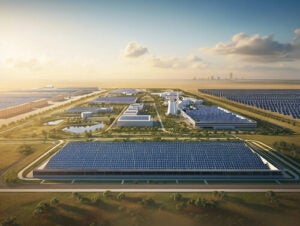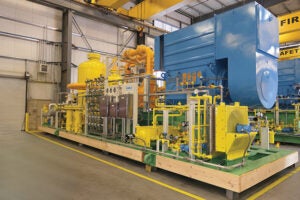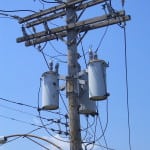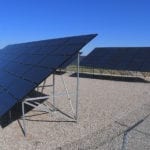May 20, 2020 — Clean energy software firm Smarter Grid Solutions (SGS) has developed five methods that could double the capacity available for solar panels and other distributed energy resources (DERs) to connect to individual electricity substations.
Using the company’s ANM Element software product, utility companies can monitor the amount of power generated by solar photovoltaics (PVs), wind turbines and other renewable energy devices connected to their substations in real-time and react to spikes in output and network loading.
Monitoring at the edges of the grid in this way allows utilities to take a much more nuanced approach to managing their networks, enabling them to dial down output from renewables only when local output threatens to breach agreed operational limits at or near specific substations, rather than adopting a blunter grid-wide approach.
Major utilities in the US and Canada are using SGS’s ANM Element platform, and it is widely deployed in the UK, including at Scottish Southern Electricity Networks, SP Energy Networks and UK Power Networks.
This flexible interconnection and dynamic hosting capacity approach allows ANM Element to tackle five major challenges when balancing supply and demand at substations:
● Current: monitoring circuit loading means DER output is limited only at the moments when the current, power or output-to-demand ratio requires it.
● Voltage: monitoring the point of connection or upstream voltage levels allows the re-dispatch of DER as required to maintain voltage within required thresholds.
● Backfeed: managing the DER output to fit within substation backfeed limits to avoid or defer large capital expenditure on substations and speed new DER interconnections.
● Flicker: using flicker measurement, the contributing DER is re-dispatched only when flicker is a live problem rather than inhibiting the interconnection completely, or over-curtailing generation export.
● Ground fault limits: limiting DER output only at times when a risk is presented by specific fault conditions that can increase zero sequence voltage contributions and subsequent overvoltage.
Using grid edge control software to protect substations from ground fault overvoltage could cost a tenth of the price of expensive physical upgrades, while allowing a 100% increase in DER hosting capacity.
Pete Maltbaek, General Manager North America at SGS, said: “Each of these solutions applies a dynamic, real-time export limit to specific DER, thereby providing a set of potential solutions to utility planners and DER developers by creating additional grid capacity and headroom to ease interconnection problems. This, in turn, speeds up clean energy deployments and saves substantial amounts of money for all stakeholders.”
“Field results show multiple MVA additional interconnection capacity requiring only up to 3% DER re-dispatch-curtailment and reduced capital cost for interconnection.
“We believe that the application of these solutions to specific interconnection challenges, identified by screening analysis, in combination with other smart grid and flexible operation solutions, provides utilities with a much-enhanced toolkit for DER integration.”



